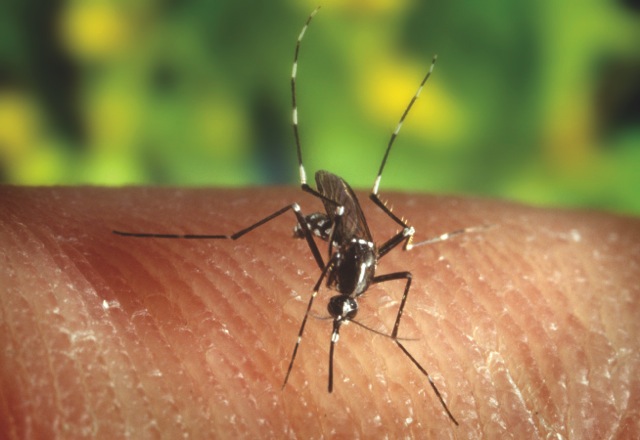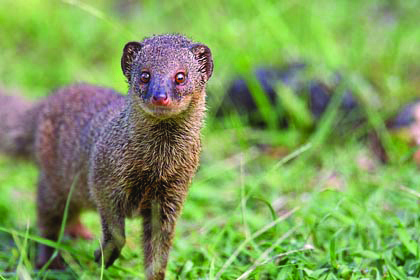After 27 years of working with the Department of Land and Natural Resources, aquatic biologist Skippy Hau has become pretty…
Read More
2012
The ‘Ua‘u and the threat of invasive species
Hawai‘i is famous for rare birds: scarlet honeycreepers that dart through the rainforest and gold-flecked owls that hunt at twilight….
Read More
The nose knows: dogs sniff out invasive species
This fall there will be some new faces at the Hawai‘i Department of Agriculture (HDOA)– furry faces. The Hawai‘i Detector…
Read More
A changing climate and the plight of the ‘i‘iwi
On just about any given day you can find ‘i‘iwi, among the more charismatic species of Hawaiian honeycreepers, flitting around…
Read More
Moving on from the Mongoose: the Success of Biological Control in Hawai‘i
Achieving balance–in your workplace, at home, on your surfboard, or with your checkbook—makes life manageable. Natural environments depend upon balance…
Read More





